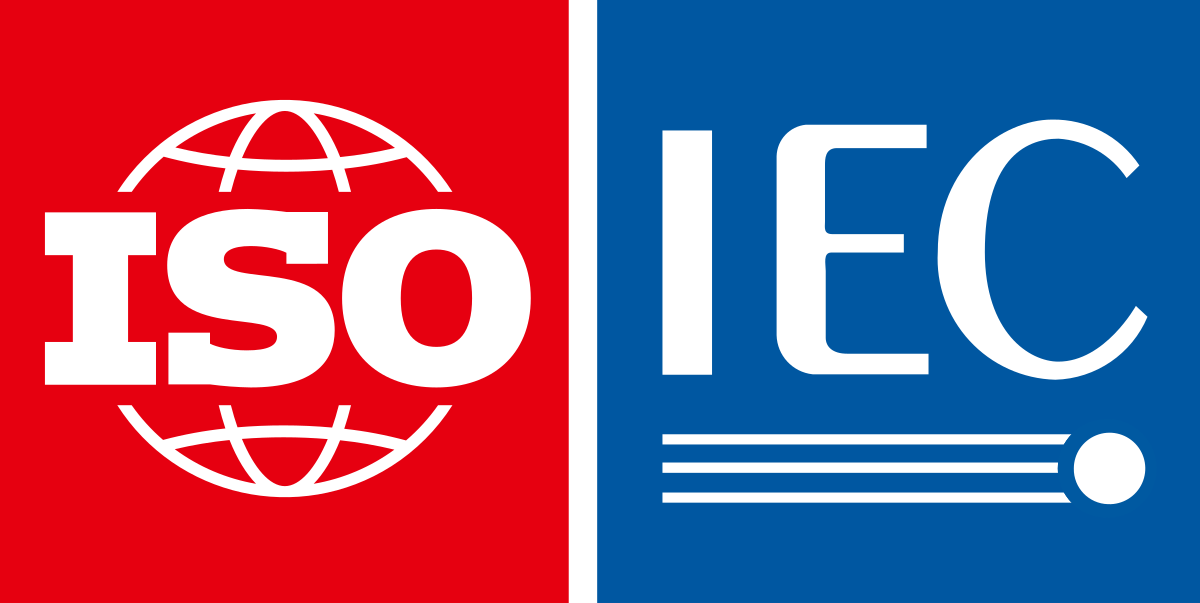Why Am I Getting Leads That Don't Convert?
Identify and fix the common issues that cause poor lead quality and low conversion rates.
The Lead Quality Dilemma
It's one of the most frustrating situations in business: your marketing efforts are generating leads, but they rarely turn into paying customers. You're investing time, energy, and resources into lead generation, but seeing minimal return on that investment.
This problem—high lead volume but low conversion rates—is extremely common. The good news is that it's also solvable. The key is understanding that lead quantity and lead quality are very different metrics, and quality always trumps quantity when it comes to business growth.
Six Common Reasons Your Leads Aren't Converting
Let's diagnose the most likely culprits behind your lead conversion problems:
Issue: Poor Lead Qualification
You're attracting the wrong type of leads who aren't a good fit for your offering
Warning Signs:
Solution: Implement better pre-qualification in your marketing and lead capture
Issue: Weak Lead Nurturing
You're not building relationships with leads before pushing for conversion
Warning Signs:
Solution: Create a structured lead nurturing sequence with valuable content
Issue: Misaligned Messaging
What you promised in marketing doesn't match what you deliver in sales
Warning Signs:
Solution: Ensure consistent messaging across all marketing and sales touchpoints
Issue: Ineffective Sales Process
Your sales approach isn't effectively addressing prospect needs and concerns
Warning Signs:
Solution: Refine your sales process with better discovery and objection handling
Issue: Pricing or Value Perception
Prospects don't see enough value to justify your pricing
Warning Signs:
Solution: Improve value communication and consider value-based pricing strategies
Issue: Poor Timing
You're reaching out to leads when they're not ready to buy
Warning Signs:
Solution: Implement lead scoring and timing signals to identify buying readiness
The Lead Qualification Framework
One of the most effective ways to improve lead quality is to implement a structured qualification framework. The classic BANT framework (Budget, Authority, Need, Timeline) provides a solid foundation:
Budget
Key Questions:
- Can they afford your solution?
- Is your pricing within their expected range?
- Do they have budget allocated for this purchase?
Implementation Ideas:
- Use price anchoring in marketing materials
- Mention pricing or "starting from" on website
- Ask budget questions in contact forms
Authority
Key Questions:
- Is the lead a decision-maker?
- Do they need approval from others?
- Who else is involved in the buying process?
Implementation Ideas:
- Target content to decision-makers
- Create materials that help champions sell internally
- Ask about decision process in qualification
Need
Key Questions:
- Do they have a clear problem you can solve?
- How urgent is their need?
- Have they tried other solutions?
Implementation Ideas:
- Focus content on specific pain points
- Use problem-focused qualifying questions
- Develop need-based lead scoring
Timeline
Key Questions:
- When do they need a solution?
- What's driving their timeline?
- Are there any external deadlines?
Implementation Ideas:
- Create urgency in marketing messages
- Ask about timeline in forms
- Segment leads by purchase timeframe
Effective Lead Nurturing Strategies
Even qualified leads often need nurturing before they're ready to buy. Here are effective strategies to nurture leads toward conversion:
Educational Content Sequence
Series of valuable content that builds knowledge and trust
Case Study Showcase
Stories of how similar customers succeeded with your solution
Personalized Check-ins
Non-sales touchpoints that provide value and build relationship
Progressive Profiling
Gradually learning more about leads to better tailor your approach
Multi-Channel Engagement
Connecting with leads across different platforms
Implementing Lead Scoring
Lead scoring is a systematic way to rank leads based on their likelihood to convert. Here's how to implement a basic lead scoring system:
Demographic Scoring Factors
- Industry match: +10 points for target industries
- Company size: +10 points for ideal company size
- Job title: +15 points for decision-makers
- Location: +5 points for target geographic areas
Behavioral Scoring Factors
- Website visits: +1 point per visit (up to 10)
- Content downloads: +5 points per download
- Email engagement: +2 points per open, +5 points per click
- Form submissions: +10 points per form
- Pricing page visits: +15 points
Implementing Your Scoring System
- Set up tracking for key actions in your marketing automation or CRM
- Assign point values to each action based on conversion correlation
- Establish score thresholds (e.g., 50+ points = sales-ready lead)
- Create automated workflows based on score thresholds
- Regularly review and refine your scoring model
Aligning Sales and Marketing
One of the biggest reasons leads don't convert is misalignment between marketing and sales teams. Here's how to fix it:
Create a Service Level Agreement (SLA)
- Define what constitutes a qualified lead that both teams agree on
- Establish lead handling timeframes (e.g., sales follows up within 24 hours)
- Create a feedback loop for sales to report on lead quality
- Set shared goals that both teams work toward
Implement Closed-Loop Reporting
- Track what happens to each lead after it's passed to sales
- Identify which marketing sources produce the highest-converting leads
- Use this data to refine marketing targeting and messaging
- Regularly review conversion metrics as a unified team
Optimizing Your Lead Generation
Sometimes the issue isn't with nurturing or sales follow-up, but with how you're generating leads in the first place:
Refine Your Targeting
- Develop detailed buyer personas based on your best customers
- Use lookalike audiences based on existing customers
- Implement exclusion targeting to filter out poor-fit prospects
- Focus on quality traffic sources that have historically converted well
Improve Your Lead Magnets
- Create problem-specific content that attracts qualified prospects
- Use self-qualifying language in your offers
- Set proper expectations about your solution and pricing
- Test different lead magnet formats to see which attracts better leads
The Bottom Line
Getting leads that don't convert is frustrating, but it's a solvable problem. By implementing better qualification processes, nurturing leads effectively, aligning your sales and marketing efforts, and refining your lead generation targeting, you can dramatically improve your lead quality and conversion rates.
Remember, it's better to generate fewer, higher-quality leads than to fill your pipeline with prospects who will never buy. Focus on attracting the right people, providing value throughout their buying journey, and addressing their specific needs and concerns.
With a systematic approach to improving lead quality, you'll not only increase your conversion rates but also reduce the time and resources wasted on unqualified leads.



